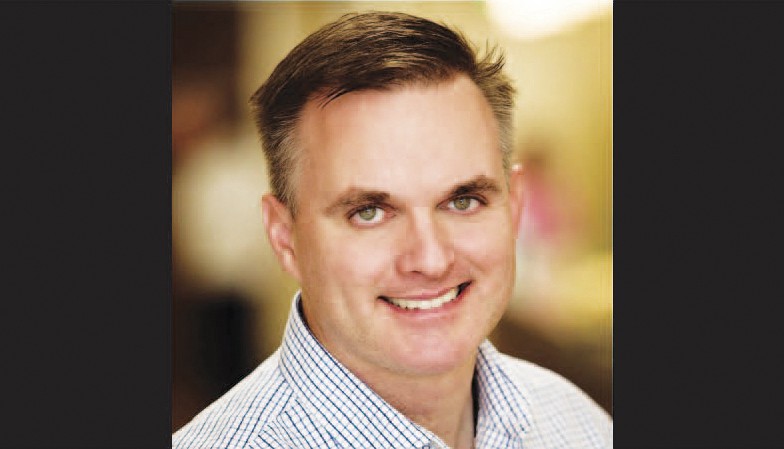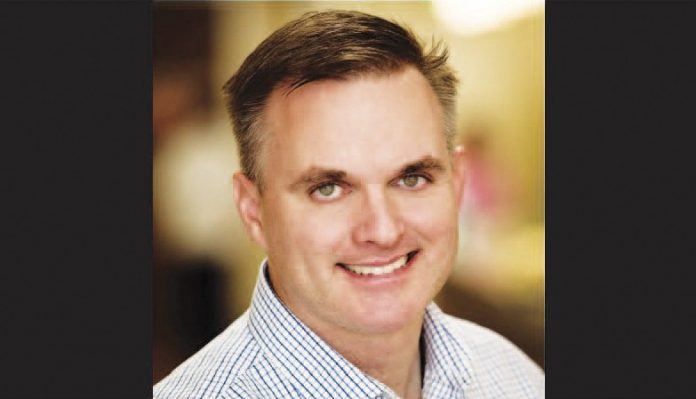Dr. Robert Overbaugh of Cancer Treatment Centers of America talked about the importance of avoiding giving patients opioid drugs when treating pain in cancer patients.

Not everyone who is addicted to opioids deliberately sought out the drug.
In fact, a study conducted by the University of Michigan found that approximately 10 percent of patients with cancer who underwent surgery developed new, persistent opioid dependence after being given the drug as part of pain relief treatment.
That’s why Dr. Robert Overbaugh of Cancer Treatment Centers of America only uses opioids as a final resort in pain treatment. He understands the need to minimize the risk of opioid-related complications in pain treatment.
Overbaugh practices pain treatment at the center located at 1331 E. Wyoming Ave.
“All of my patients in pain management have true pain,” he said. “The formal definition of pain is an unpleasant experience, either physical or emotional, that leads to significant distress. All patients have pain, whether physical or emotional, from the moment they are diagnosed.”
Overbaugh was trained as an interventionist pain management doctor. He practices a wide variety of pain treatments that are based on the patient’s individual needs.
“Pain is a personal experience and we have to treat it in a personalized fashion,” he said. “We don’t have a cook book or recipe on how to do that.”
One of the pain treatments is a technique called paravertebral nerve blocks. This involves using a catheter that delivers a local anesthetic to a specified location to block the pain.
This process can alleviate a patient’s pain and significantly reduce recovery time without the need for narcotics.
Another procedure, called cryoneuroablation, destroys painful nerves using image-guided freezing of the nerves. This provides instantaneous relief and lasts for an average of nine to 12 months, though sometimes can be permanent.
Other types of treatment he practices include acupuncturing, chiropractors, mind-body specialists, psychologists and utilizing various soothing techniques.
Overbaugh bases his treatment off of the World Health Organization’s pain relief ladder, which prioritizes the order of drug treatment patients should receive. In the rare instance a patient does require treatment from high opioids, it is best to approach the treatment slowly and carefully.
At first, the patient should take a non-opioid drug. If pain persists after that, patients should take mild opioids, such as codeine, before resorting to stronger opioids, such as morphine.
In addition, to calm fear and anxiety, additional drugs known as adjuvants should be used.
Overbaugh said the main point is to keep patients free from opioids if at all possible. This is especially relevant in Northeast Philadelphia, which has suffered from the opioid epidemic ravaging the city.
Studies show that in 2016, 900 people died from an opioid overdose in Philadelphia, 20 percent of which happened in the Northeast.
The number of opioid-related deaths this year is on track to remain consistent or surpass those of last year.
Though Overbaugh rarely sees addiction from his patients personally, he said that it comes about when patients are prescribed a drug with little instruction.
“True addiction is patients going through an entire prescription in a week when they have a month’s supply,” he said.
He said most opioid prescriptions come from primary care.
“It’s often misunderstood what pain medication doctors do because of problems associated with opioids,” he said. “We try to avoid using them first thing if we can.”
Overbaugh said he could see his patients for just a couple of appointments or many times over the course of several months, and that he trains patients with practices they can perform at home to get better.
“Part of pain management is not just as symptom management, but a return to function,” he said. “We look at things people do because they’re in pain, and help them get back to their normal lives.” ••





